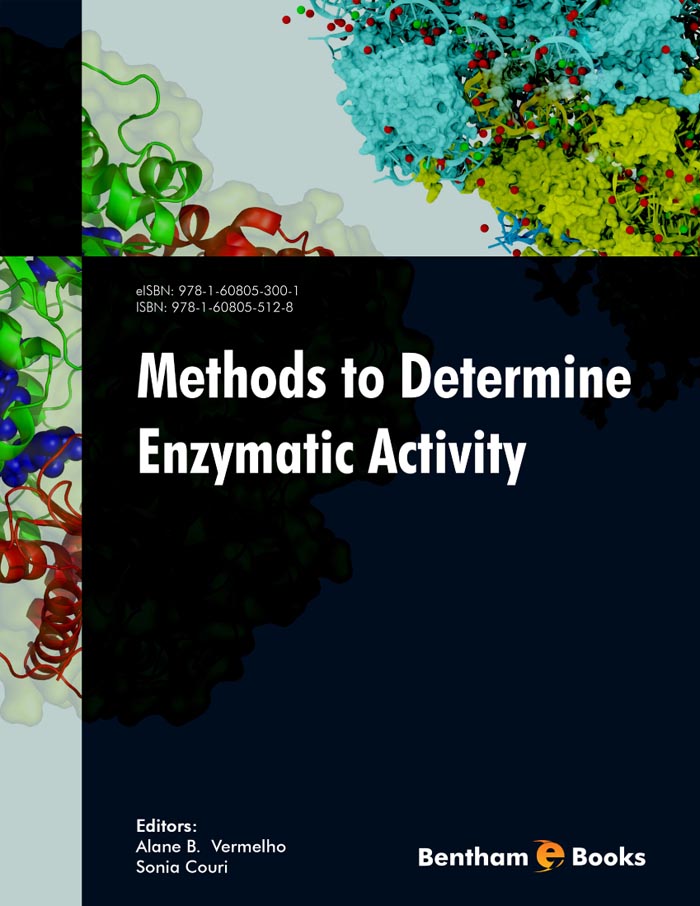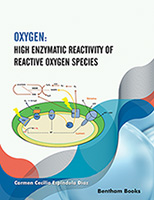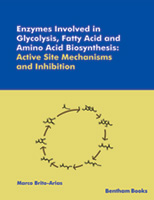Introduction
Methods to Determine Enzymatic Activity is a textbook about industrial enzymes. The book features definitions, classifications and applications of selected enzymes important in industry and in biotechnological processes. Analytical methods for these enzymes are also included in the text. The main objective of this textbook is to provide readers information focused on the current analysis methods of enzymatic activity at qualitative and quantitative levels. Each chapter is about one specific enzyme and contains information about its substrate and some biochemical properties. The methodologies are presented as an experimental protocol allowing interested readers to reproduce the experimental methods detailed within the textbook. These protocols contain the principle of the technique, materials, methods, and all steps necessary for the determination of enzyme activity and interpretation of results. Each methodology is illustrated with photos and schemes for a better and clear understanding. This book, therefore, uniquely brings modern analysis techniques of industrial enzymes in a single easy to understand volume. This textbook is suitable for undergraduate enzymology courses and advanced industrial biotechnology and microbiology courses.




